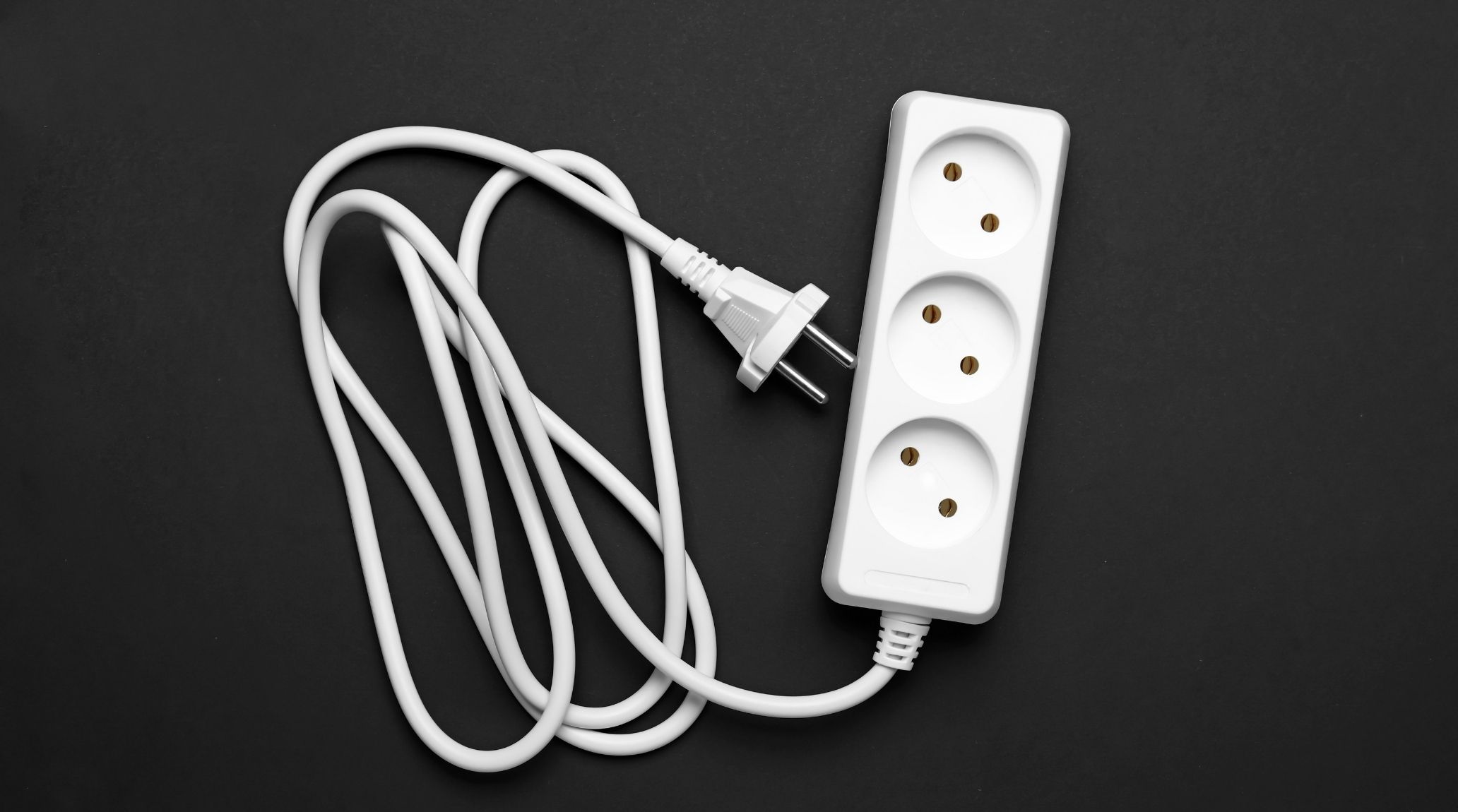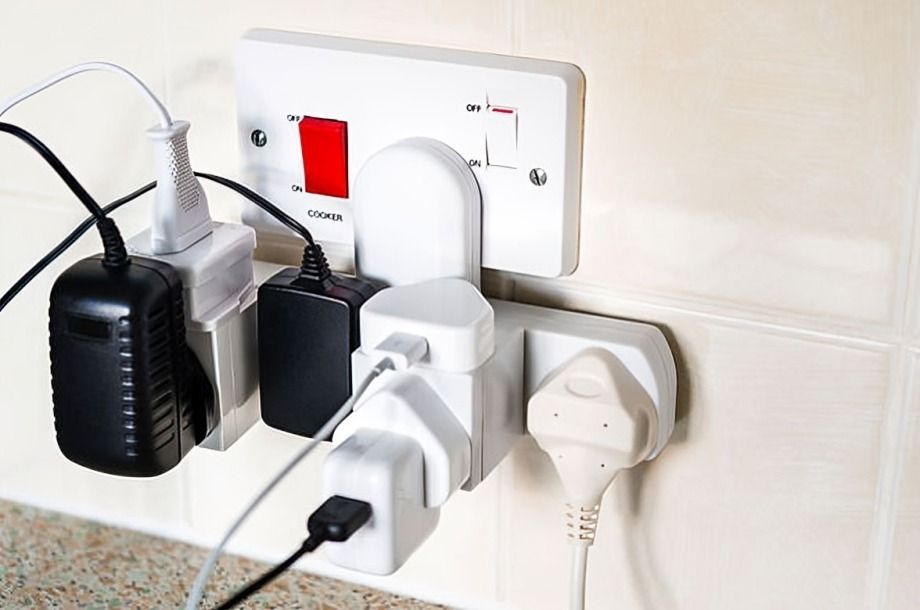
“
Electricity is a fundamental part of our daily lives, powering our homes, workplaces, and countless devices we rely on. However, it also comes with inherent risks that can lead to serious accidents, injuries, or even fatalities if not handled correctly. Understanding and adhering to electrical safety guidelines is crucial for maintaining a safe environment. In this blog, we'll explore 20 interesting facts about electrical safety that everyone should know. These tips will help you safeguard your home, workplace, and loved ones from potential electrical hazards.1
1
”
Electrical outlets are not toys, so use outlet covers to keep small fingers and objects out. This precaution helps prevent accidental shocks or injuries, ensuring a safer environment for children. 1
Water and electricity are a dangerous mix. Avoid using electrical devices near sinks, bathtubs, or pools, and always dry your hands before handling any electrical appliance to prevent accidents.2
When unplugging something, always pull by the plug, not the cord. Pulling the cord can damage it, leading to a short circuit or electric shock, so handle cords carefully to maintain safety. 3
Thomas Edison introduced the circuit breaker in 1879 to protect electrical circuits from overloads. This device automatically disconnects power to prevent damage and improve safety in electrical systems. 4

Plugging too many devices into one outlet can cause it to overheat and potentially start a fire. Use power strips with surge protectors, and never overload an outlet to prevent hazards.
Power lines carry high-voltage electricity, so never climb trees or fly kites near them. If you see a fallen power line, stay far away and tell an adult immediately to avoid danger. 5
GFCIs (Ground Fault Circuit Interrupters) are electrical outlets designed to detect small electrical leaks and quickly shut off power to prevent electric shocks, enhancing safety in areas prone to moisture and electrical hazards. 6
Only use extension cords temporarily, and never run them under rugs or furniture. Doing so can cause them to overheat and start a fire. Extension cords are useful but should not be a permanent solution for powering devices.7
Light bulbs should match the recommended wattage for your lamps and fixtures. Using a bulb with too much wattage can cause overheating and fire hazards, so always check the specifications. 8
Some electrical systems feature automated alert systems that provide real-time notifications to homeowners or facility managers about potential safety issues or faults. This integration helps quickly address problems and enhances overall safety.9
Electrical signs are there for your safety. Pay attention to warning signs around electrical equipment and power stations to avoid dangerous areas and potential electrical hazards. 10
Always have an adult present when using electrical appliances. They can help ensure you're using the devices safely and correctly, providing guidance and supervision. 11
Never touch the metal parts of appliances while they are plugged in. Metal conducts electricity and can give you shock if the appliance is faulty, so handle it with care. Always handle appliances with their plastic or insulated parts. 12
When working near high voltage, always wear protective gear like insulated gloves and boots. Use tools with non-conductive materials or insulation. Check equipment for damage to ensure proper protection and safety. 13
Only use chargers that are intended for your devices. Using the wrong charger can cause overheating, battery damage, or even fire hazards, so always use the correct one. 14
Modern smart circuit breakers automatically detect electrical faults and cut off power, effectively reducing the risk of fires and electrical shocks. This technology enhances safety by quickly addressing potential hazards in the electrical system. 15
Turn off and unplug appliances when not in use to save energy and reduce risk. This helps prevent overheating and potential fire hazards, contributing to a safer home. It also conserves energy and can lower your electricity bill.16

Tangled cords can be a tripping hazard and can also cause damage to the wires inside. Keep them tidy and organized to avoid accidents and ensure the longevity of your electrical devices.
Annually, there are 30,000 electric shock incidents and over 1,000 electrician fatalities from electrical accidents. These numbers emphasize the critical need for enhanced safety measures to prevent such dangers and protect lives. 17
Know your home’s circuit breaker and its function. It cuts off electricity during electrical issues to prevent hazards and ensure safety. Understanding its location and use is essential for emergency preparedness. 18


